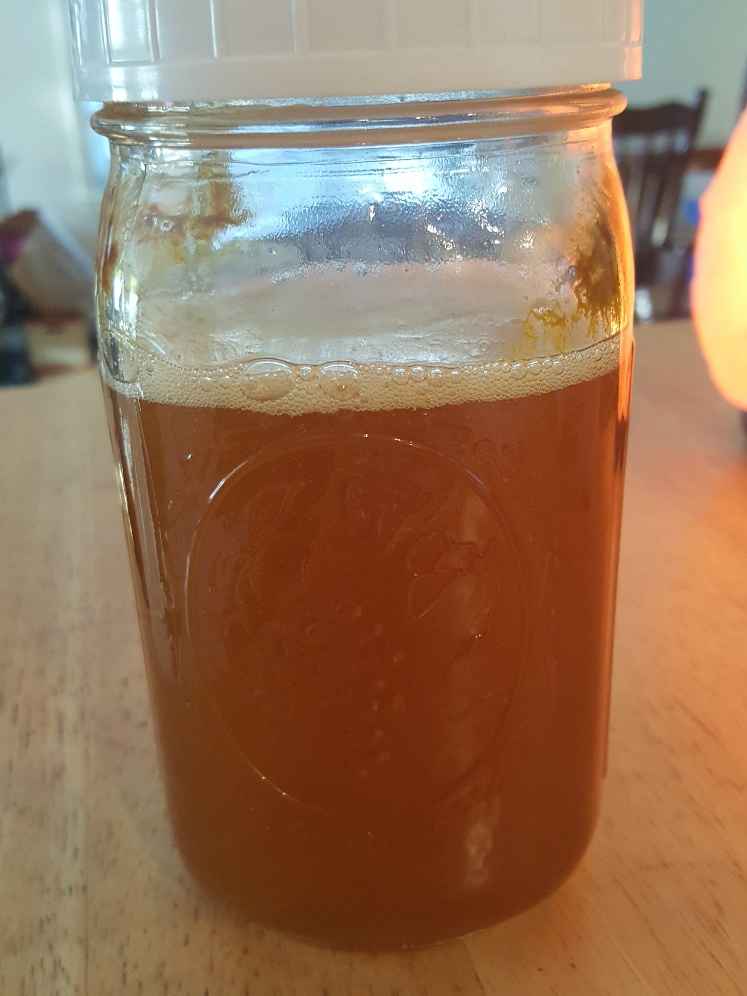Wild Edible Plants: Making an Oxymel

If you enjoy foraging wild plants to use as food or medicine, you will love knowing how to make an oxymel. An oxymel is a sweet and tangy extraction made with apple cider vinegar and honey. Honey is know for having anti-bacterial, anti-fungal and anti-viral properties and the apple cider vinegar is good for the gut and does a wonderful job of extracting nutrients from the plant material. This extraction also stores well and keeps for indefinitely. An oxymel can be taken straight by the spoonful or added to tea, water, or even used as a salad dressing.
What You Will Need:
2 cups roots, leaves, blossoms, berries, or twigs
1 cup apple cider vinegar
1/2 to 2/3 cup raw honey
Pint-size glass jar with plastic or metal lid
Parchment paper (if using metal lid)
Medium-sized bowl
Mesh strainer
Cheesecloth or other thing fabric (optional)
To make an oxymel that yields 1 1/4 to 1 1/2 cup, you will need approximately two cups of plant material. This can be roots, leaves, blossoms, berries, or twigs from a plant you have positively identified as edible. Currently in Maine, since we are nearing the end of winter there aren't many options for fresh plants outdoors. One nutritious source, however, is evergreen needles and twigs. Pine, hemlock, fir and spruce needles all make excellent oxymels. They are also full of vitamin C and known for supporting the lungs especially with respiratory illness.
Once you have gathered the needles (or other plant/tree material), lay them out on a towel for several hours or overnight to allow them to dry a bit. Then add the needles and twigs to a glass jar so that it is about two-thirds full. Add one cup of apple cider vinegar and one-half to two-thirds a cup of raw honey until the needles are covered. Cover the jar with a lid (either a plastic lid or a metal lid with a piece of parchment paper underneath to prevent rusting). Shake well, label with the date, plant and menstruum (the liquid used to extract - in this case, honey and vinegar) and place on a shelf our counter. Shake every one to three days for four weeks to six months. The longer the extraction sits, the more nutrients will be pulled from the plant.
After the extraction process is complete, strain the oxymel. You will want to squeeze as much of the liquid from the plant material as you can. The most effective way to do this is to place a strainer over a bowl. Place a cheesecloth or other thin fabric over the strainer, then pour the oxymel into it. Lift the cheesecloth or fabric, pulling the corners and edges together at the top to create a ball shape, then carefully squeeze the liquid out. Alternatively, you could just pour into a fine mesh strainer, carefully pushing or squeezing the needles or plant material to allow the liquid to drain through the strainer.
At this point, the plant material can be discarded and then pour the oxymel into a clean glass jar for storage in a cool, dry place. Use as desired for some extra immune-supportive nutrients or during times of illness. In the herbalist community, generally one teaspoon for children and up to one tablespoon for adults is suggested. Please be sure to consult with your own health care provider.

0 comments
Leave a comment
Please log in or register to post a comment